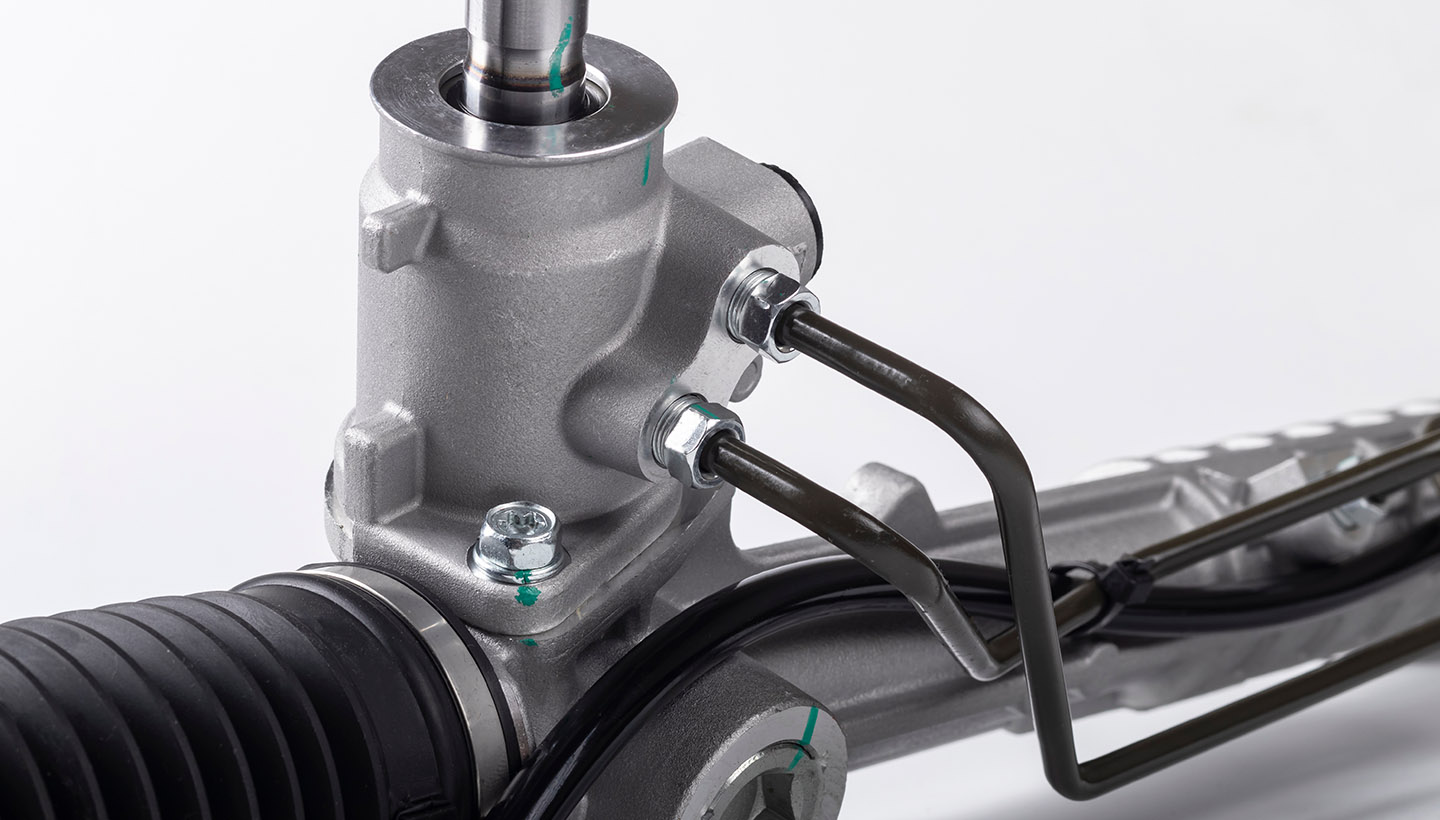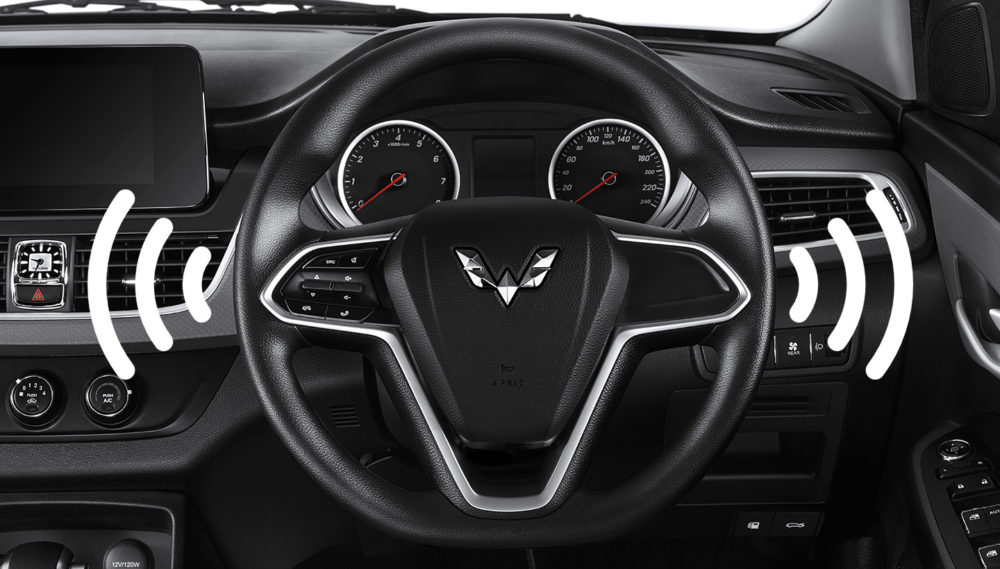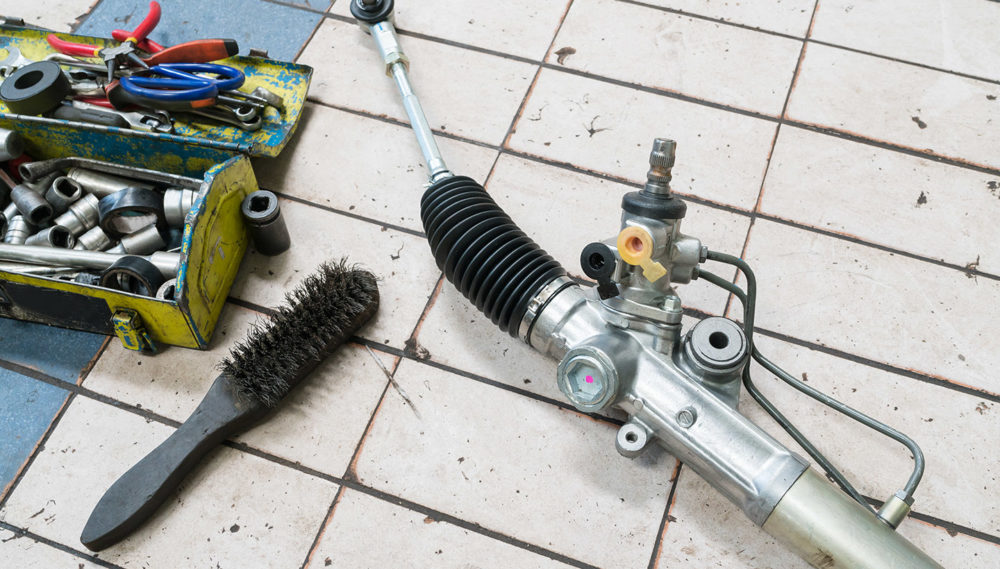Steering Rack: When Should You Replace It?
15 August, 2023

Your car’s steering rack plays a crucial role in ensuring safe and comfortable driving. This essential component connects the steering wheel to the car’s wheels, making it possible to navigate turns and maintain control. However, exposure to rough roads or careless handling can lead to damage. When a steering rack is compromised, it not only affects your car’s performance but can also lead to costly repairs. Understanding how the steering rack works and recognizing the signs of damage early on can save you from more severe issues down the road.
What is a Steering Rack?

Rack
A steering rack is a key component in your vehicle’s steering system, translating the rotational movement of your steering wheel into linear movement, which directs your car’s wheels. It consists of a metal rod with gear teeth and is usually paired with a power steering system to make steering easier. If this component fails, you’ll experience significant difficulty in steering, making it unsafe to drive.
How Steering Rack Works

The steering rack is a fundamental component of a car’s steering system, converting the rotational motion of the steering wheel into the linear motion needed to turn the wheels. This process begins when you turn the steering wheel, which engages the steering column connected to the rack. The rack itself is a metal bar with teeth that mesh with the pinion, a small gear connected to the steering column. As you turn the steering wheel, the pinion rotates, moving the rack from side to side, which in turn, steers the wheels left or right.
In most modern vehicles, the steering rack is assisted by a power steering system, which uses hydraulic or electric power to reduce the effort needed to turn the wheel. This system makes steering smoother and more responsive, especially at lower speeds or when the vehicle is stationary. Without the power assist, turning the wheel would require significant physical effort, especially in larger vehicles.
The steering rack is typically connected to the wheels through a series of tie rods and linkages. These components work together to ensure that both front wheels turn in unison when the steering wheel is rotated. Proper alignment of the steering rack and its components is crucial to maintaining precise control over the vehicle’s direction. Misalignment can lead to uneven tire wear, poor handling, and increased strain on the steering components.
Another key aspect of the steering rack’s function is its role in maintaining the vehicle’s stability during driving. When the steering rack is in good condition, it ensures that the wheels remain aligned with the steering wheel’s input, allowing for smooth and accurate directional changes. Any issues with the steering rack, such as wear or damage, can compromise this stability, leading to erratic steering behavior and potential safety hazards.
What Are the Symptoms of a Bad Steering Rack?
- Unusual Noises When Steering
If you hear clunking, knocking, or grinding noises when turning the steering wheel, it could be a sign of a damaged steering rack. These sounds often indicate worn-out components, such as bushings or internal gears. - Steering Wheel Vibration
Feeling vibrations in the steering wheel, especially when driving on smooth roads, can be a symptom of a failing steering rack. This vibration might become more pronounced when the vehicle is turning or idling. - Loose or Unresponsive Steering
If the steering wheel feels loose or there’s a delay between turning the wheel and the car responding, it could indicate that the steering rack is worn out or that there’s a problem with the power steering system. - Leaking Power Steering Fluid
Power steering fluid leaks are often caused by worn seals within the steering rack. If you notice fluid pooling under your car or the steering becoming stiff, it could be due to a failing steering rack. - Difficulty Steering at Low Speeds
If the steering feels heavy or requires more effort, particularly at low speeds, it could be a sign that the steering rack is not functioning properly. This issue is often related to a problem with the power steering assist, but it can also indicate internal rack damage.
Is Steering Rack Repairable?
Yes, a steering rack can often be repaired, especially if the damage is detected early. Repairs might involve replacing worn-out seals, bushings, or even the entire rack, depending on the severity of the damage. However, in some cases, especially with severe wear and tear, a complete replacement may be necessary to restore safe steering.
What Destroyed Steering Rack?
Several factors can lead to the deterioration of a steering rack, including frequent driving on rough or potholed roads, sudden or sharp turns, and exposure to water or debris that can cause rust or contamination. Lack of proper lubrication and ignoring minor issues like leaks can also speed up the wear and tear, leading to more serious damage.
Ensuring your steering rack is in good condition is essential for maintaining control and safety on the road. If you notice any of the symptoms mentioned, it’s crucial to seek professional help immediately.



